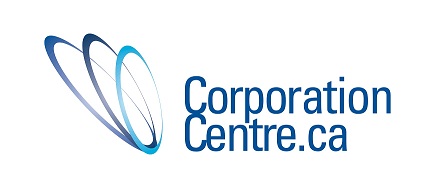Harvard
business professor Clayton Christensen is renowned for formulating the theory
of disruptive innovation—which describes novel products or services with the
potential to revolutionize an industry, and displace incumbents from their
market position. In his 1996 book The
Innovator’s Dilemma: When New Technologies Cause Great Firms to Fail, Christensen
reflects on corporate decisions that, though ostensibly rational, failed to
anticipate and profitably respond to make-or-break technological advances. He
draws a distinction between sustaining
innovations, which enhance the quality or effectiveness of an existing
product, and disruptive innovations:
technological developments which can displace a popular product altogether,
especially by offering a more affordable, more accessible, or more versatile
alternative.
For
example, when personal computers (a potentially disruptive technology) first
appeared on the consumer market, it was not entirely clear that they would supplant
typewriters as the principal word-processing tool in our society. Thus,
typewriter manufacturers faced a pivotal choice: to stick to their area of
expertise and strive to create better and more reliable typewriters, or to
shift their business model dramatically. Some firms—notably the American
conglomerate Smith Corona—opted for the former, and found themselves
manufacturing machines of excellent quality, the demand for which rapidly dried
up.
While
there are no sure things in business (after all, the penchant for innovation
and dynamism is one of the key selling points of a market capitalist economy),
there are some pragmatic steps companies can take to avoid being “disrupted”:
 Know—and
expand—your market. Maintaining relationships with
customers/clients while striving to attract new (and especially less affluent)
ones is key. Engage with your clientele, welcome their feedback, keep tabs on
their wants and values, and consider ways to serve them better. Customer
loyalty—the result of a reputation for professionalism, ethical practices, and
high-quality products—can help keep your enterprise afloat as you integrate new
technologies into your business model.
Know—and
expand—your market. Maintaining relationships with
customers/clients while striving to attract new (and especially less affluent)
ones is key. Engage with your clientele, welcome their feedback, keep tabs on
their wants and values, and consider ways to serve them better. Customer
loyalty—the result of a reputation for professionalism, ethical practices, and
high-quality products—can help keep your enterprise afloat as you integrate new
technologies into your business model.
What are
your competitors doing? Although spying on rivals
is an obvious faux pas, you can derive
plenty of information by building an amicable rapport with competitors in your
industry. Is there a technique or technology they might introduce that would
keep you up at night?
Apprise
yourself of trends and innovations. The upside of
innovation is that it helps us solve problems, spares us effort, and tends to
build on itself. Stay abreast of the latest trends, both within your industry
and in society at large. Are there any new ideas or technologies you can make
use of? What aspects of your operation would you like to run more smoothly?
(Don’t overlook the possibility that you could devise your own innovative
solution!)
Harness
the innovativeness of a start-up while running an established firm. In The Innovator’s Dilemma,
Christenson refers to discovery-driven
planning, which involves real-time strategic adjustments,
learning-by-doing, and a bit of trial-and-error. Accordingly, firms and their
managers should be willing to take calculated risks, adopting innovations that
may not work out perfectly on the first attempt.
Bear in mind that
there is no such thing as a monopoly on good ideas. Start-up firms tend to be
nimble and creative not only because their founders may feel they have nothing
to lose, but also because there is little hierarchy between workers and
managers, or entrenched operational protocols, to obstruct the free flow of
ideas. Don’t be afraid to ask employees what they think, and encourage
equal-opportunity communication in the workplace.
Intimidating though it may seem, disruptive innovation
needn’t be a threat to your business. With the right approach and attitude, you
will be equipped to not only respond to potentially disruptive innovations, but
to place yourself at the leading edge.
